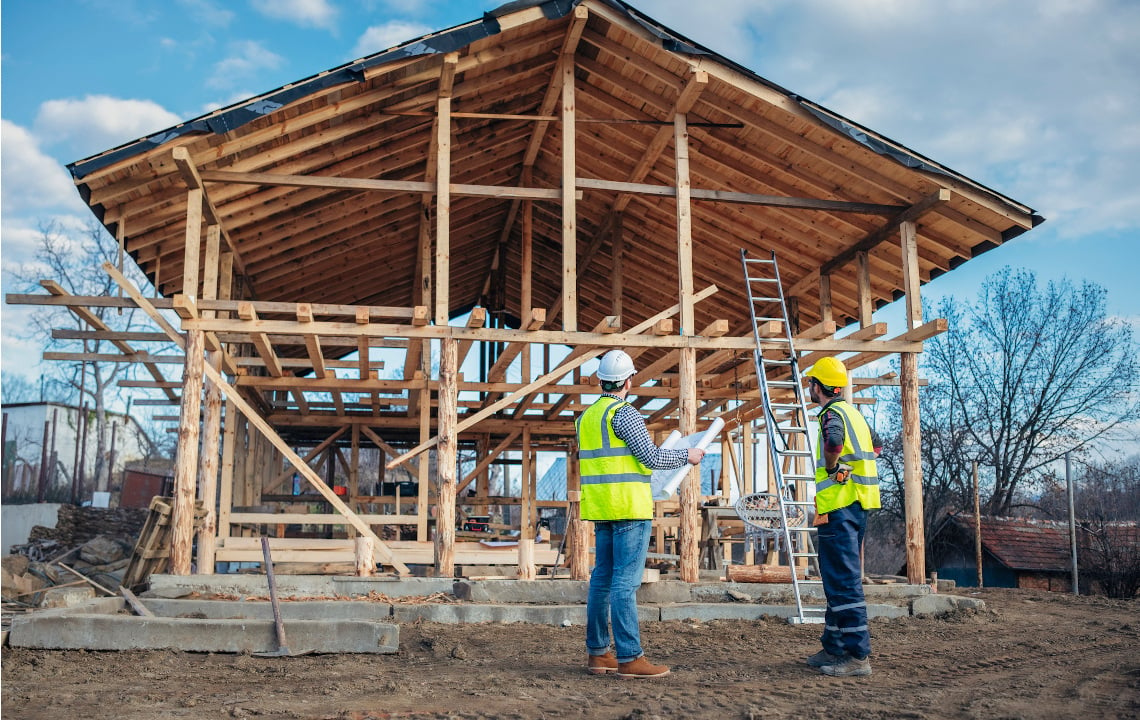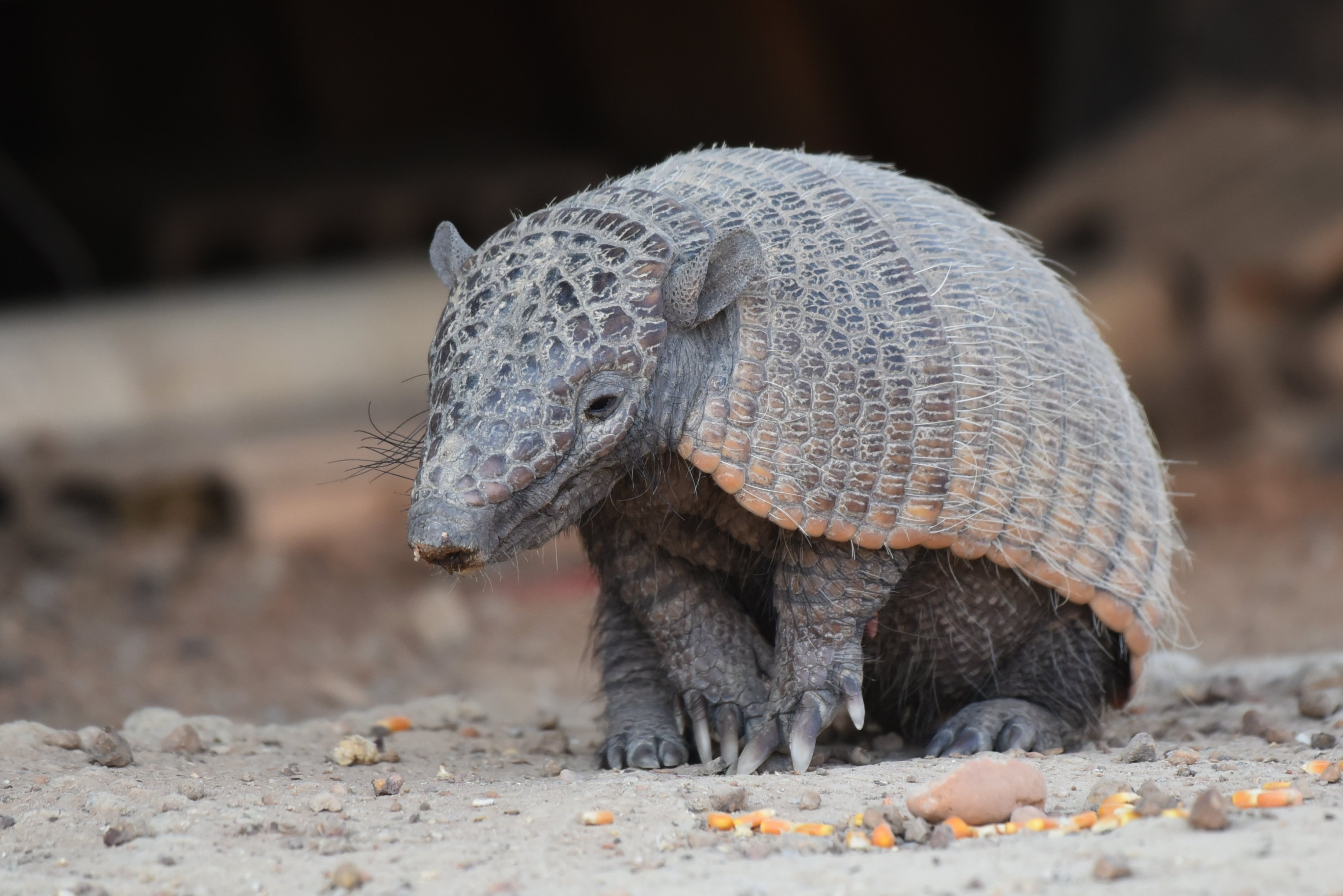How do you keep a pond healthy? Follow these tips to prevent common problems and nurture a thriving aquatic ecosystem.
Ponds come in all shapes and sizes and serve different purposes on farms, homesteads and recreational properties across the U.S.
So it’s impossible to provide a one-size-fits-all list of pond maintenance tasks that will work for every pond.
The pond on your land may serve one or more purposes, such as a swimming hole, wildlife habitat, fishing spot, crop irrigation or water source for farm animals.
However, all of these pond types require proper care to stay healthy.
Use this starter list of maintenance tasks and learn about your pond and local environment to fine-tune your pond care routine.
Learn: Common Problems
Start by learning about common pond problems. This way, you'll be more alert to warning signs and can address problems early, reducing the need to call in experts.
Some common problem areas:
- Nuisance animals (like muskrats and beavers)
- Predators
- Fish die-offs
- Fish parasites
- Aquatic plant overgrowth
- Algae overgrowth
- Erosion
- Sedimentation
- Leaks

Observe: Visual Inspection and Record-Keeping
Take photos of your pond and record observations during every season. You’ll want to tailor the data based on your goals for the pond.
For example, if it’s a fishing pond, record details about the species, sizes and numbers of fish caught. According to the North Carolina State Extension’s fisheries specialists, it’s impossible to achieve a state of perfect equilibrium in pond fish populations, but you can aim for some markers of a healthy aquatic ecosystem. In general, look for:
- Harvest-sized fish
- Annual reproduction
- A variety of fish species
- At least one predator fish
For almost any pond, you should keep an eye on vegetation. What types of plants do you see growing in and around your pond? How much surface area do they cover? Are there any invasive plant species that you need to remove?
While some vegetation will provide food and cover for wildlife, including fish, aquatic biologists say that if plants cover more than 15-20 percent of the pond’s surface, it can create problems.
One example is that if you use the pond for irrigation, plant materials can clog your irrigation equipment, causing malfunctions and costly repairs.
Other factors to track:
- Pond depth, noting any variations
- The color and clarity of the water
- Water pH
- Wildlife observed (including mammals and birds)
Weeding and Debris Removal
If your pond has more than 20 percent aquatic vegetation coverage, it may be time to try manual weeding to prevent oxygen loss and nutrient pollution.
A pond rake is a good option for manual removal, and you should do this in the spring, if possible, to prevent flowering and reproduction.
Before resorting to herbicides, check with your local extension office — aquatic specialists can help you choose the safest option for your pond’s ecosystem.
In the fall, remove dead leaves and other debris from the pond.

Plant Native Vegetation On The Banks to Prevent Erosion
If your pond is surrounded by shallow-rooted grass or subject to storm-water runoff from a road or developed area, or even if it’s fed by a small stream, you may need to plant a border to prevent erosion and sedimentation.
This will prevent your pond from filling in with sediment and becoming shallower over time. Shallow ponds are prone to algae overgrowth, which can create an unhealthy ecosystem.
Choose deeply rooted native plants to secure your pond’s banks. Consult your local extension office or a native plant nursery for plant selection.
Solve Problems At The Root
When your observations give you an early warning sign, like if you’re only catching small fish of one species in the pond, it’s time to look for the root cause.
Instead of stocking more fish, consider whether the pond has enough nutrients to support a healthy fish population.
You can take soil samples to your local extension office to determine whether the pond needs to be treated with lime and/or fertilized.
Another example: if you’re dealing with algae overgrowth, it could be that your pond is too shallow. When sunlight reaches the bottom of the pond, algae can take over quickly.
So, while you could treat the problem with chemicals, it’s best to take the time now to deepen the pond and prevent the problem from recurring next year.

Keep Learning: Attend Workshops and Seminars
Take advantage of free workshops on pond maintenance offered by your state’s extension offices and/or wildlife resources agencies.
These events provide valuable insights into your local climate, watershed, and wildlife, helping you ensure a thriving pond ecosystem.
Sources:
North Carolina State Extension, North Carolina Wildlife Resources Commission, Pond Management Guide (2018)
Kentucky Department of Fish and Wildlife Resources, A Management Guide for Ponds and Small Lakes in Kentucky (2004)
Brandon Parker, North Carolina State Extension, Pond Management (2019)
For More Information on Lakes and Ponds, see:
- How To Build A Pond Or Lake On Your Property
- How To Improve Fish Habitat In Small Ponds
- How To Naturally Maintain Ponds Or Lakes On Your Rural Property

























